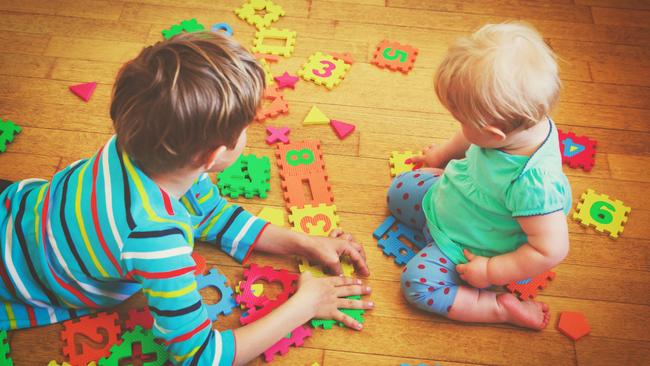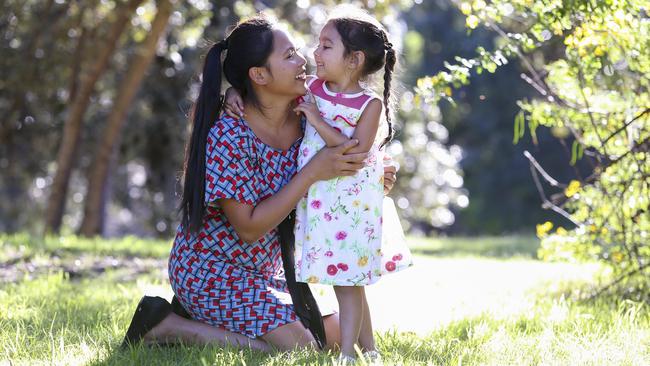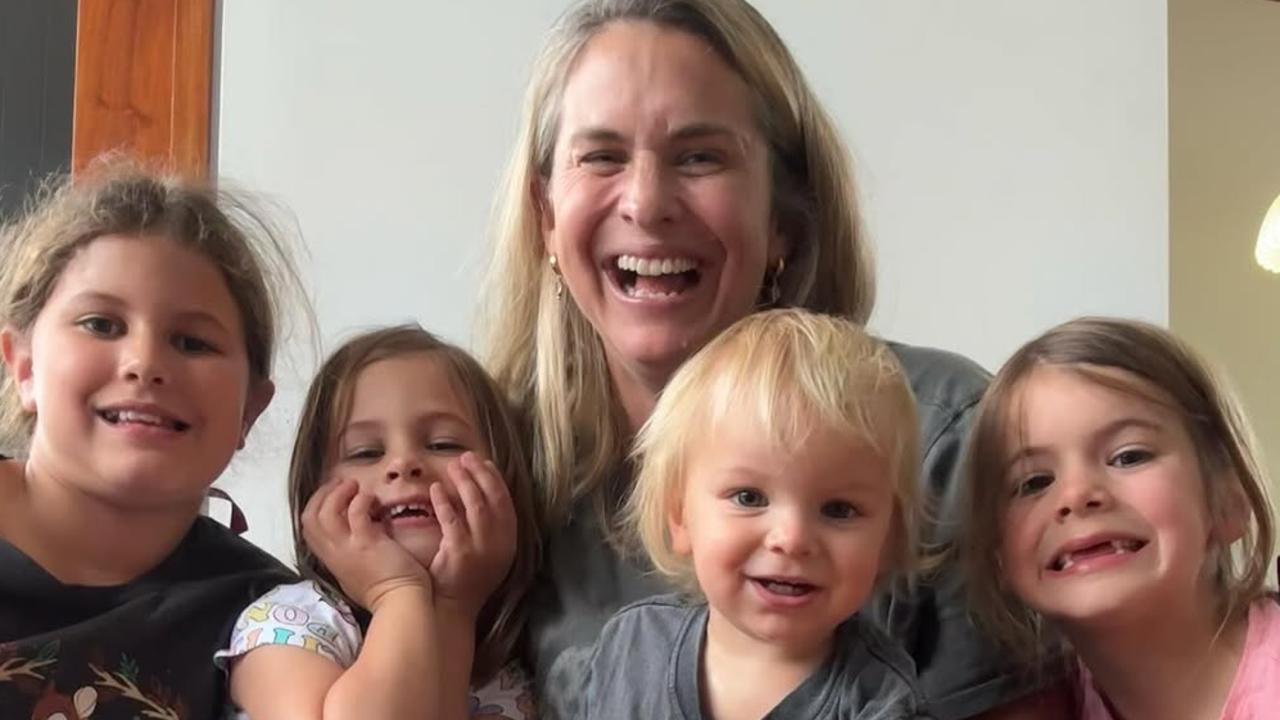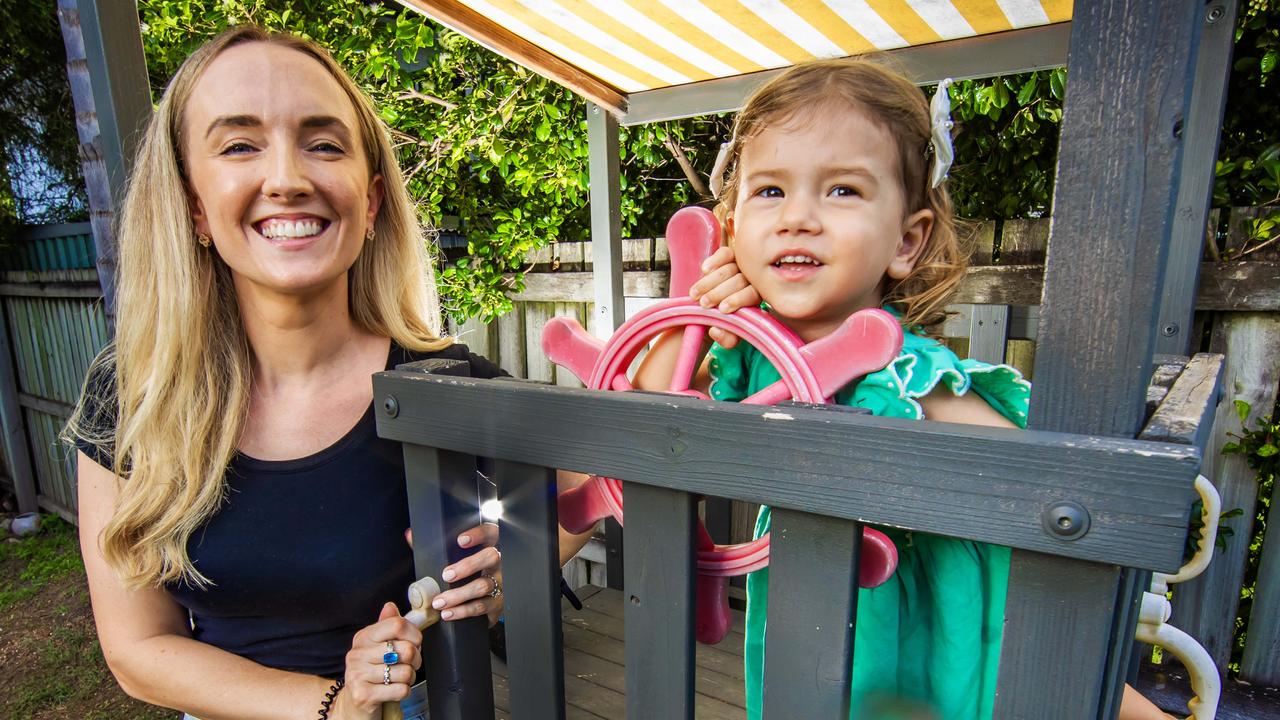Sydney University researchers say time outs ‘increases a child’s wellbeing and happiness’
Taming a toddler’s tantrum with this popular method has “undeservedly” become controversial in recent years but new research shows that it’s perfectly fine, The Daily Telegraph can reveal.
Taming a toddler’s tantrum with the time out method has “undeservedly” become controversial in recent years but new research shows that it’s perfectly fine.
Even government agencies like NSW Family and Community Services are now discouraging foster carers from using it amid fears the technique is too harsh for troubled children.
But child behaviour researchers from Sydney University say the practice of time out does not harm a child’s mental health and in fact “increases their wellbeing and happiness”.
The technique, first described in the 1960s and popularised by British television nanny Supernanny Jo Frost, involves removing a child from where they are misbehaving and either sitting them on a chair or in a corner until they calm down.

MORE NEWS
DPP seeking jail over Pell coverage
Crime: The biggest losers of Gladys’ election win
Man sentenced for filming women in office toilet with GoPro
But since the boom in popularity of Frost’s parenting techniques, the method has been criticised for “harming” children.
FACS guidelines for out-of-home care state that exclusionary time out — removing the child from a situation — can “only used as a temporary measure to restrict a child or young person who might otherwise seriously injure themselves or another person”.
Sydney Child Behaviour Research Clinic director Professor Mark Dadds said parents were turning up at his clinic believing they should not put their children in time out.

He said the clinic, run out of Sydney University, had treated thousands of children with disruptive behaviour over 30 years.
“We need to disabuse parents and policy makers of the belief that time out is harmful,” Prof Dadds said.
“Kids get a lot happier when it is used correctly. “It is perfectly fine.
“We show them how to use time out and the kids are happier and the parents are happier.”
A new study, published in the American Psychologist, examined all the research on the subject since the 1960s relating to children aged two to eight years and found that when performed properly the time out was “universally positive”.
But Professor Dadds said some parents were performing the technique incorrectly and isolating children for too long.

“Some people think time-out is a form of isolation — basically put the child in solitary confinement and leave them, which is not right.
“The idea is that it’s time out from a positive reward — so if the child is trying to get parent’s attention, they lose that for a short period of time. If they’re fighting over the TV, they lose that for a short period of time.
“As soon as the child regulates their behaviour and puts on a happy face and acts civilised again they can come out of it again, get access to the reward again — you can usually count to a minute or two,” he said.
Raising Children Network executive director Associate Professor Julie Green said the time out could be a “very effective” tool for children aged three to eight years of age.
“Children younger than this don’t really understand consequences, particularly if they don’t understand the connection between their actions and the outcomes of those actions,” she said.
Coogee mum Diana George said she used the time out method on her daughter Isabella, 4.
“I saw the method on Supernanny when she was about two years old. I don’t know what we would have done without it.”
A FACS spokeswoman said their advice: “is not a stand-alone strategy and is included in a plan that focuses on other positive strategies and skills development”.



